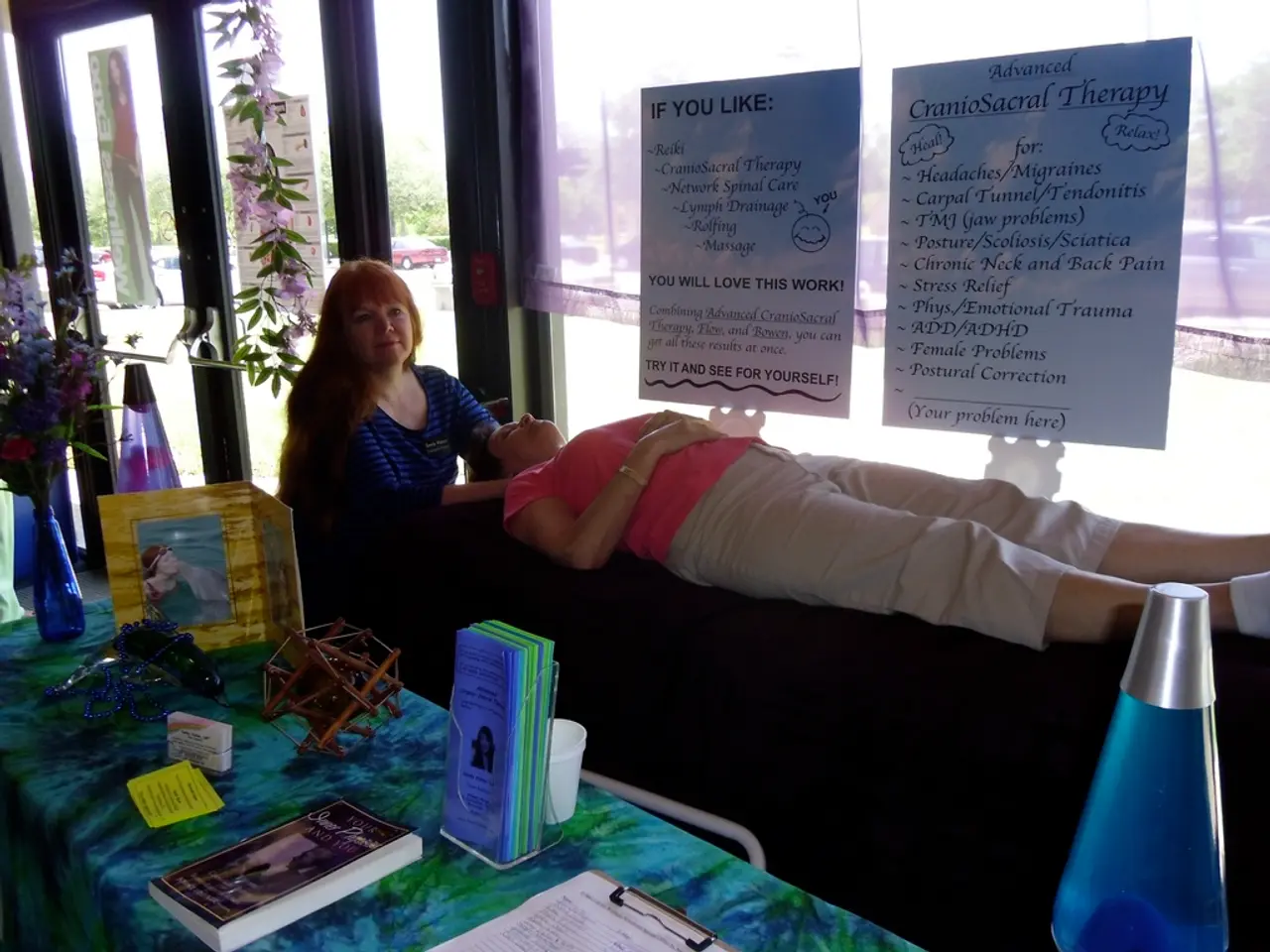Exploring and Understanding Brain Waves' Control
===============================================================================================
Neurofeedback therapy is a non-invasive technique that measures brain activity in real time and provides feedback to help individuals regulate their brain function consciously. By receiving constant feedback about brainwave patterns, patients learn to alter abnormal brain activity towards healthier patterns through training, often using games or visual cues that respond to the brain's activity.
Applications of neurofeedback therapy extend to various psychiatric and neurological conditions, including PTSD, anxiety disorders, major depressive disorder, schizophrenia, ADHD, insomnia, and brain injury recovery. For instance, in PTSD, neurofeedback targeting abnormal oscillations and connectivity in networks like the default mode network (DMN) and salience network (SN) can reduce symptoms significantly, even in treatment-resistant cases. ADHD patients have shown improvements in attention, working memory, and reduction of hyperactivity by training brainwave ratios (increasing beta and decreasing theta waves). Insomnia therapy uses neurofeedback to reduce brain hyperactivity, improving sleep onset and quality.
Techniques primarily involve EEG-based neurofeedback (EEG-NFB), which offers good temporal resolution to track brain waves, and real-time fMRI neurofeedback (rt-fMRI-NFB), which provides superior spatial resolution and access to deep brain structures like the amygala, essential for emotional regulation and PTSD treatment. EEG sensors track activity while the patient engages in interactive tasks; success in hitting target brainwave patterns results in rewarding feedback, reinforcing healthy brain states.
Benefits of neurofeedback therapy include non-invasiveness and safety without drug side effects, improved self-regulation of brain activity with lasting effects, demonstrated symptom reductions in various psychiatric disorders, including treatment-resistant cases, enhanced cognitive functions like attention and memory, and the ability to target specific neural circuits using advanced neuroimaging feedback (rt-fMRI).
However, limitations exist. Variability in treatment efficacy across individuals and conditions, requirement for multiple sessions over weeks or months for durable effects, research gaps regarding optimal treatment protocols, specific brain targets, and long-term outcomes, especially with newer fMRI-based methods, accessibility and cost issues, and the need for more large-scale randomized controlled trials to consolidate evidence for many applications are some of the challenges.
In conclusion, neurofeedback therapy is a safe, emerging tool offering benefits but still subject to ongoing research to optimize techniques and validate long-term efficacy. While results can vary greatly depending on the individual's condition, severity of symptoms, and adherence to treatment, its potential applications span mental health, cognitive enhancement, and neurological recovery.
- Neuroplasticity, a brain's ability to reorganize and adapt, plays a crucial role in the effectiveness of neurofeedback therapies and treatments for various mental health conditions.
- Emotional regulation can be improved through the use of real-time fMRI neurofeedback, which offers superior spatial resolution and access to deep brain structures, like the amyggdala.
- Self-awareness is enhanced through neurofeedback therapy as individuals learn to alter their brain activity, leading to improved mental health and health-and-wellness.
- Science and medical advancements have led to the development of neurofeedback therapies and treatments for a wide range of conditions, such as PTSD, anxiety disorders, major depressive disorder, and neurological disorders like ADHD and schizophrenia.
- Therapies and treatments that involve neuroplasticity, like neurofeedback, can provide unique benefits over traditional treatments, like a reduction in medication side effects and an increased focus on self-awareness and self-regulation.




